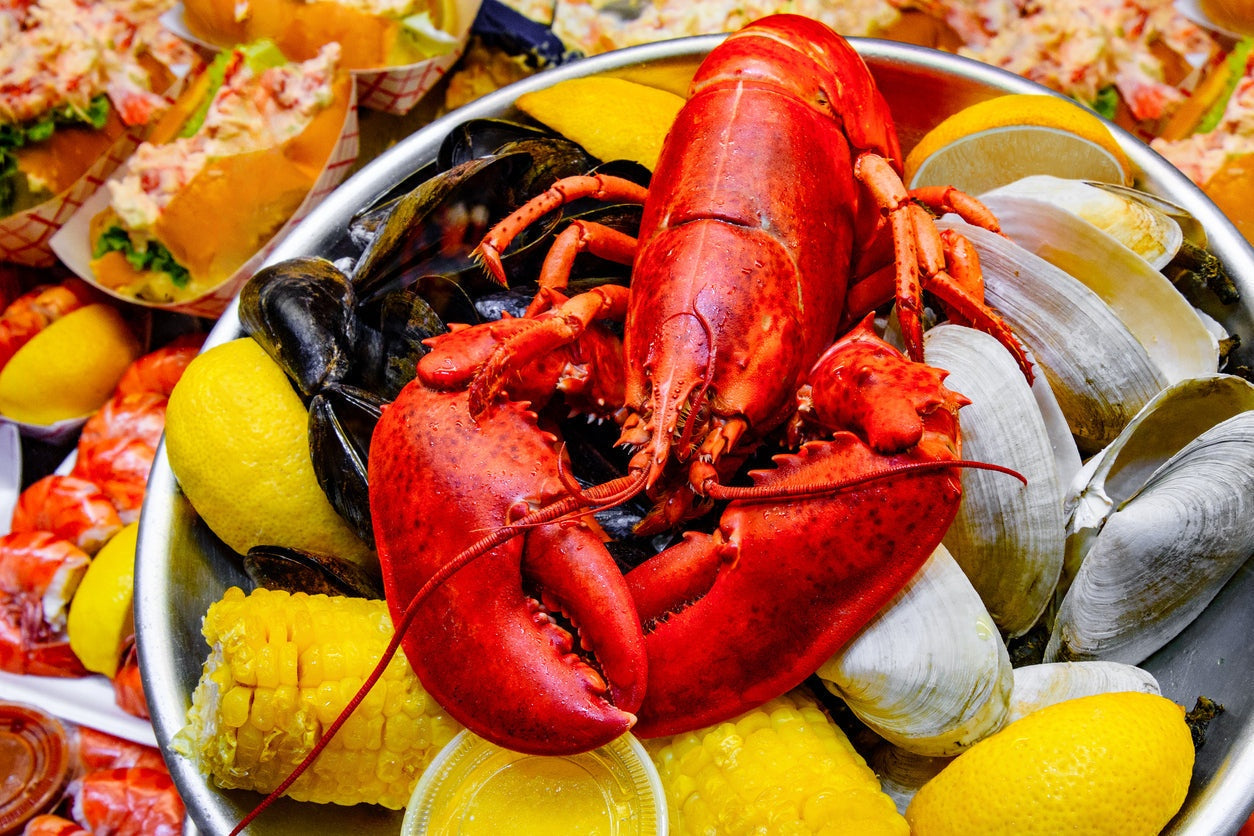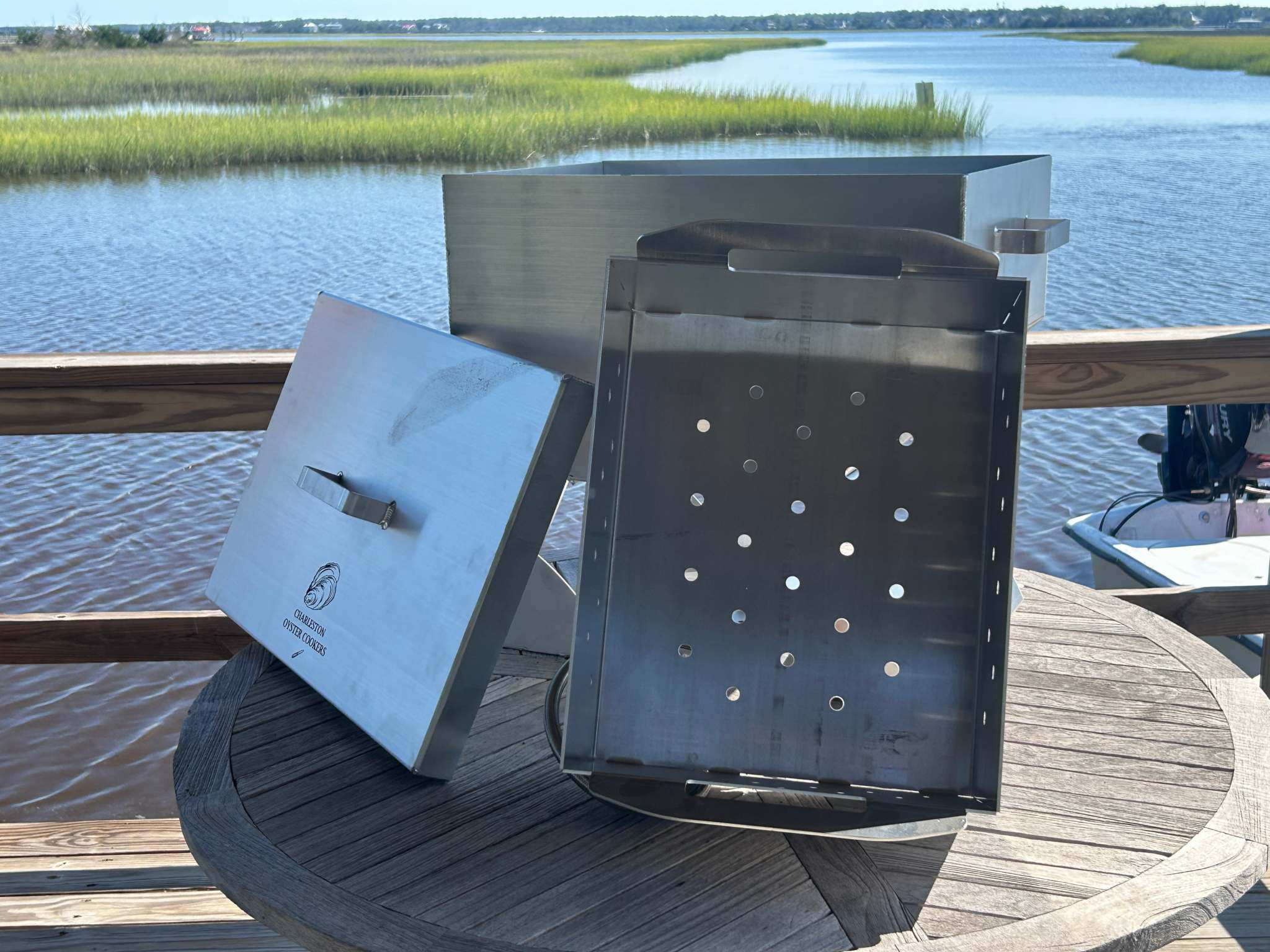
Cooking Seafood: Techniques and Tips
Cooking seafood is both an art and a science. With its unique textures and flavors, mastering the techniques can elevate your culinary skills, allowing you to create restaurant-quality dishes right at home. This blog post explores essential tips and methods for cooking seafood, with a spotlight on key techniques, including boiling shrimp, grilling fish, and using The Chuck cooker for perfect results. Let’s dive in and uncover the science behind cooking seafood successfully!
Understanding Seafood: Types and Benefits
Before we delve into cooking techniques, it’s essential to understand the types of seafood and their nutritional benefits. Common categories include:
- Fish: Rich in omega-3 fatty acids and protein, fish can be divided into fatty fish (like salmon and mackerel) and lean fish (like cod and haddock).
- Shellfish: This category includes crustaceans (shrimp, crab, lobster) and mollusks (clams, oysters, mussels). They are typically lower in fat and calories.
Each type of seafood offers its unique flavors and textures, making it vital to choose the right cooking methods to enhance their natural qualities.
The Science of Cooking Seafood
Cooking seafood efficiently involves understanding its composition. Seafood is primarily composed of protein and water; its delicate structure requires specific methods to ensure it cooks evenly while maintaining tenderness and flavor.
Key Principles of Cooking Seafood
Here are some fundamental principles to keep in mind:
- Temperature Control: Seafood cooks best when subjected to gentle heat. High temperatures can lead to rubbery textures, especially in fish and shellfish.
- Timing: Seafood cooks quickly. A common rule of thumb is to cook seafood for about 10 minutes per inch of thickness or until it becomes opaque and flakes easily with a fork.
- Flavor Pairing: Knowing which spices, herbs, and aromatics complement seafood is crucial. Citrus, garlic, and fresh herbs are often used to enhance flavor without overpowering the dish.
Boiling Shrimp: A Simple Yet Flavorful Technique
One of the simplest and most effective methods for cooking shrimp is boiling. This technique preserves the sweet and delicate flavor of the shrimp while ensuring a tender bite. Here’s how to do it:
Steps for Perfectly Boiled Shrimp
- Ready the Pot: Fill a large pot with water, enough to cover the shrimp. Add salt (about 1-2 tablespoons per quart of water) and any desired seasonings, such as lemon slices, garlic, or bay leaves to infuse flavor.
- Bring to a Boil: Heat the pot over high heat until boiling, then add the shrimp.
- Cook the Shrimp: Once the shrimp are added, allow them to cook for about 2-3 minutes or until they turn pink and opaque.
- Drain and Chill: Remove the shrimp from the pot and place them in a bowl of ice water to stop the cooking process. This ensures they don’t become overcooked, which can lead to toughness.
Boiled shrimp can be enjoyed in various dishes or served cold with cocktail sauce for a refreshing appetizer!
Grilling Fish: Techniques for Charred Perfection
For those who enjoy smoky flavors and a charred finish, grilling is an excellent technique. Fish, especially fatty varieties, holds up well on the grill. Here’s how to grill fish to perfection:
Preparation Tips for Grilling Fish
- Choose the Right Fish: Opt for firmer fish like swordfish, salmon, or tuna. These varieties are less likely to fall apart on the grill.
- Marinate: A simple marinade of oil, lemon juice, garlic, and herbs can enhance the fish's flavor while also helping to keep it moist.
- Preheat the Grill: Make sure to preheat your grill for optimal searing. A medium-high temperature (around 375°F to 450°F) ensures that you get great grill marks and flavor.
To grill fish:
- Lightly oil the grill grates to prevent sticking.
- Place the fish skin-side down (if applicable) and grill for about 6-10 minutes on one side before flipping. The fish should easily release from the grill when it’s ready to flip.
- Cook until the fish is opaque throughout and flakes easily. This usually takes about 3-5 minutes on the second side.
Steaming: The Healthiest Cooking Method
If you're looking for a healthy way to prepare seafood, steaming is an excellent option. It allows you to cook your seafood without adding extra fat while retaining moisture and nutrients.
How to Steam Seafood Perfectly
- Prepare the Steamer: Use a bamboo steamer, metal rack, or any steaming method you prefer. Make sure water does not touch the seafood.
- Season the Seafood: Add seasoning or aromatics to the water or on top of the seafood for additional flavor. Consider garlic, dill, cilantro, or a splash of white wine.
- Steam Until Done: Depending on the type and size of the seafood, steaming typically takes between 5 to 15 minutes. Check for doneness regularly.
Steamed shrimp, mussels, and fish can be incredibly flavorful, coupled with a dipping sauce for an added kick.
Using The Chuck Cooker: A Game Changer in Seafood Cooking
The Chuck cooker is a versatile kitchen appliance known for its ability to prepare various seafood dishes with ease. It combines pressure cooking and slow cooking, making it perfect for tenderizing meats and steaming seafood.
Benefits of Cooking Seafood with The Chuck Cooker
- Time-Efficient: The Chuck cooker significantly reduces cooking time compared to traditional methods.
- Flavor Infusion: High-pressure cooking preserves flavors and moisture, ensuring your seafood is succulent and packed with taste.
- Multi-Functionality: Whether you're steamed flavored mussels, boiled shrimp, or slow-cooked fish, The Chuck cooker does it all.
To use The Chuck cooker for seafood, simply seal it, add your seafood along with seasonings and a splash of liquid. Set it to the recommended pressure setting based on the type of seafood and let it cook. The result will leave you with a flavorful and perfectly cooked dish.
Innovative Seafood Cooking Methods
Aside from traditional boiling, grilling, and steaming, there are many innovative methods to explore in the world of seafood cooking:
Poaching
Poaching is a gentle cooking technique that involves simmering seafood in water, broth, or a flavorful liquid. This method maintains moisture and is particularly suited for delicate fish types such as sole or trout.
Smoking
Smoking seafood infuses it with rich flavors while preserving moisture. It’s a great way to prepare salmon, mackerel, or even oysters, giving them a unique taste that stands out.
Sous Vide
Sous vide cooking involves vacuum-sealing seafood and cooking it in a water bath at precise temperatures. This technique ensures consistent results while infusing flavors and retaining tenderness.
Expert Tips for Perfect Seafood Every Time
To bring your seafood dishes to life, here are some expert tips to consider:
- Freshness Check: Always opt for the freshest seafood available. Look for clear eyes, shiny skin, and a mild ocean-like smell.
- Rest Before Serving: Allow seafood to rest for a few minutes after cooking. This helps the juices to redistribute, enhancing flavor and texture.
- Experiment with Sauces: Don’t hesitate to play around with sauces and drizzles. A citrus vinaigrette or spicy aioli can elevate the simplest dishes.
Creating Memorable Seafood Dishes
Creating memorable seafood dinners doesn't have to be challenging. Combining the right ingredients, exploring different cooking techniques, and utilizing tools like The Chuck cooker can help you craft exceptional meals that impress. Whether you’re enjoying a laid-back boil of shrimp or a refined grilled fish platter, the versatility of seafood gives endless opportunities for flavor and creativity.
Now that you're armed with expert techniques and tips for cooking seafood, it's time to dive in and start experimenting in your kitchen. The ocean's bounty offers a world of possibilities, waiting to be explored. Happy cooking!

